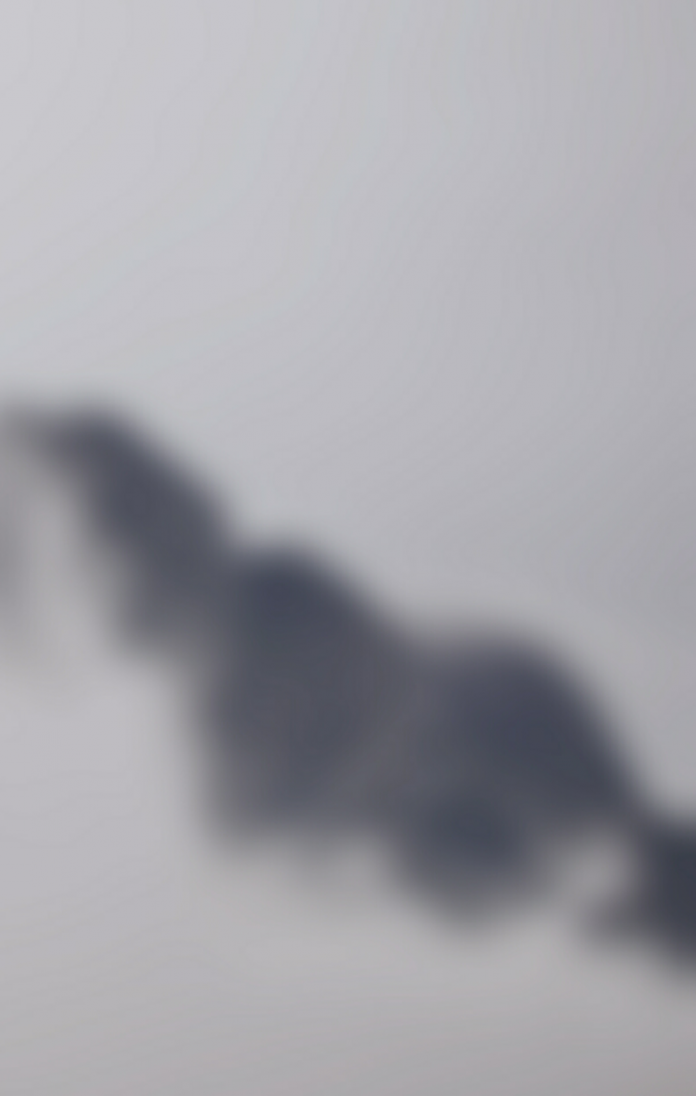Seaborn is an amazing visualization library for statistical graphics plotting in Python. It provides beautiful default styles and color palettes to make statistical plots more attractive. It is built on the top of matplotlib library and also closely integrated to the data structures from pandas.
Scatter plots are used to observe relationship between variables and uses dots to represent the relationship between them. Bubble plots are scatter plots with bubbles (color filled circles) rather than information focuses. Bubbles have various sizes dependent on another variable in the data. Likewise, Bubbles can be of various color dependent on another variable in the dataset.
Let us load the required module and the simplified Iris data as a Pandas Data frame:
Python3
# import all important libraries import matplotlib.pyplot as plt import pandas as pd import seaborn as sns # load dataset # convert to dataframe df = pd.read_csv(data) # display top most rows df.head() |
Output:

Scatter plot with Seaborn:
As stated earlier than, bubble is a unique form of scatter plot with bubbles as opposed to easy facts points in scatter plot. Let us first make a simple scatter plot the usage of Seaborn’s scatterplot() function.
Python3
# import all important libraries import matplotlib.pyplot as plt import pandas as pd import seaborn as sns # load dataset # convert to dataframe df = pd.read_csv(data) # display top most rows df.head() # depict scatterplot illustration sns.set_context("talk", font_scale=1.1) plt.figure(figsize=(8, 6)) sns.scatterplot(x="sepal.length", y="sepal.width", data=df) # assign labels plt.xlabel("Sepal.Length") plt.ylabel("sepal.width") |
Output:

Bubble plot with Seaborn scatterplot():
To make bubble plot in Seaborn, we are able to use scatterplot() function in Seaborn with a variable specifying size argument in addition to x and y-axis variables for scatter plot.
In this bubble plot instance, we have length= ”body_mass_g”. And this will create a bubble plot with unique bubble sizes based at the body length variable.
Python3
# import all important libraries import matplotlib.pyplot as plt import pandas as pd import seaborn as sns # load dataset # convert to dataframe df = pd.read_csv(data) # display top most rows df.head() # depict scatter plot illustration sns.set_context("talk", font_scale=1.1) plt.figure(figsize=(10, 6)) sns.scatterplot(x="petal.length", y="petal.width", data=df) # Put the legend out of the figure plt.legend(bbox_to_anchor=(1.01, 1), borderaxespad=0) plt.xlabel("petal.length") plt.ylabel("petal.width") plt.tight_layout() plt.savefig("Bubble_plot_Seaborn_scatterplot.png", format='png', dpi=150) |
Output:

The below example depicts a bubble plot having colored bubbles:
Python3
# import all important libraries import matplotlib.pyplot as plt import pandas as pd import seaborn as sns # load dataset # convert to dataframe df = pd.read_csv(data) # display top most rows df.head() # depict bubble plot illustration sns.set_context("talk", font_scale=1.2) plt.figure(figsize=(10,6)) sns.scatterplot(x='petal.length', y='petal.width', sizes=(20,500), alpha=0.5, data= df) # Put the legend out of the figure plt.legend(bbox_to_anchor=(1.01, 1),borderaxespad=0) # assign labels plt.xlabel("Sepal.length") plt.ylabel("Sepal.width") # assign title plt.title("Bubble plot in Seaborn") # adjust layout plt.tight_layout() |
Output:

Bubble plot with explicit size ranges Seaborn scatterplot()
We can alter the air bubble plot made with Seaborn without any problem. Something that we notice from the bubble plot above is that the bubble size range is by all accounts little. It will be extraordinary in the event that we could differ the littlest and biggest bubble sizes.
With the contention sizes in Seaborn‘s scatterplot() work, we can indicate ranges for the bubble sizes. In this air pocket plot model underneath, we utilized sizes=(20,500).
Python3
# import all important libraries import matplotlib.pyplot as plt import pandas as pd import seaborn as sns # load dataset # convert to dataframe df = pd.read_csv(data) # display top most rows df.head() # depict bubble plot illustration sns.set_context("talk", font_scale=1.2) plt.figure(figsize=(10, 6)) sns.scatterplot(x='sepal.length', y='sepal.width', # size="body_mass_g", sizes=(20, 500), alpha=0.5, hue='variety', data=df) # Put the legend out of the figure plt.legend(bbox_to_anchor=(1.01, 1), borderaxespad=0) # Put the legend out of the figure plt.xlabel("sepal.length") plt.ylabel("sepal.width") plt.title("Bubble plot with Colors in Seaborn") plt.tight_layout() |
Output:

Presently our bubble plot looks much better with the lowest bubble comparing to the lowest weight and the greatest bubble relates to the biggest weight. At the point when you have more factors in the information, we can shade the bubble by the fourth factor. To color the bubble plot by a variable, we determine tone contention.




